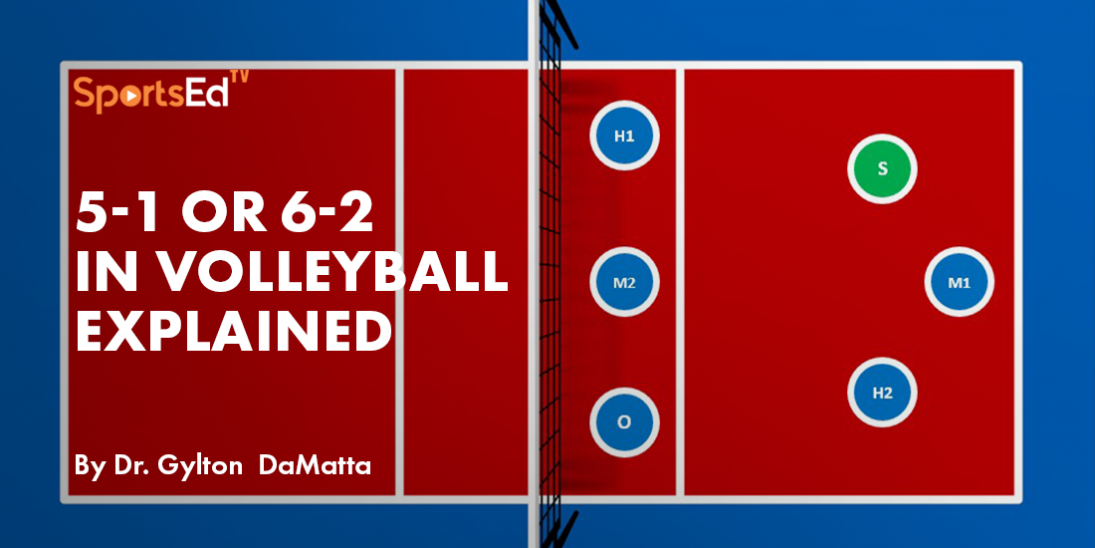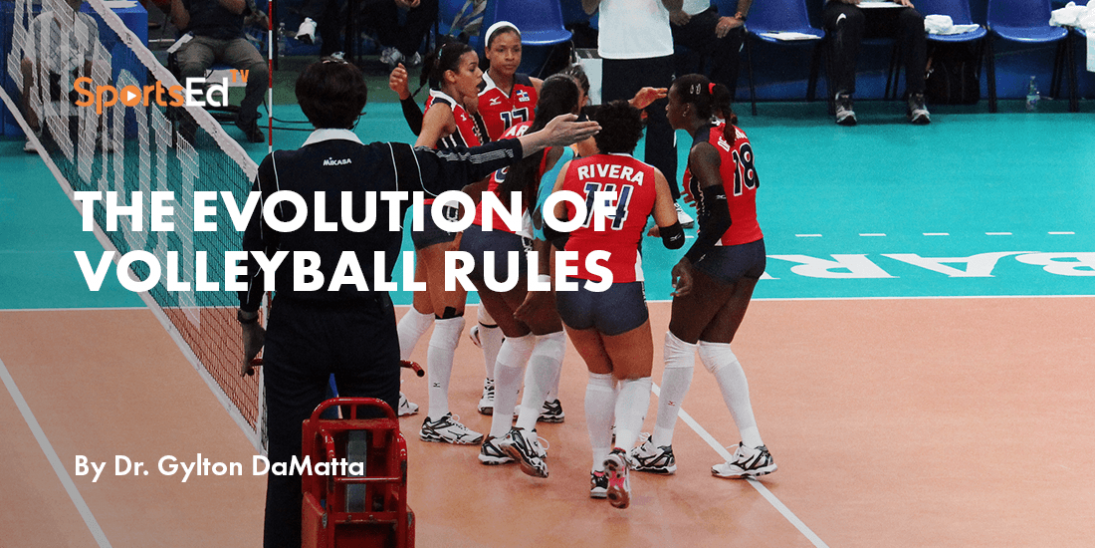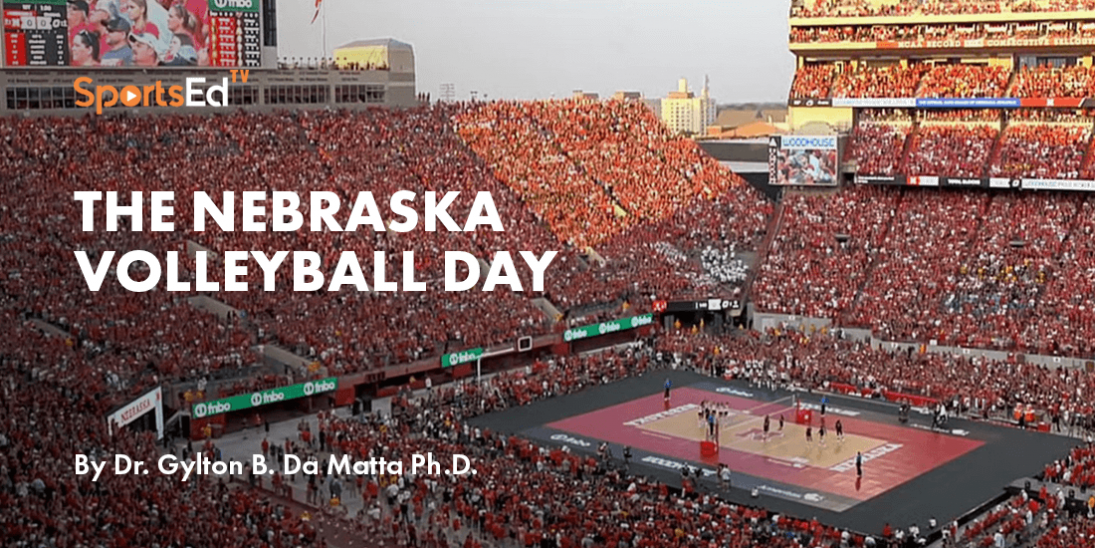Summer Olympics, Volleyball
Welcome and thanks for visiting...

Volleyball at the Summer Olympics

The sport of volleyball has made its mark as a thrilling spectacle at the Summer Olympics, capturing the hearts of millions with its mix of athleticism, finesse, and strategy.
Whether indoor volleyball or the sun-soaked beach version, this high-flying sport consistently delivers breathtaking moments. This article dives into the Olympic history of volleyball, the rules that govern the game, the formats of the competitions, and how athletes qualify for this prestigious global event.
Olympic History of Volleyball
Indoor Volleyball
Indoor volleyball made its Olympic debut at the 1964 Tokyo Games, and since then, it has evolved into one of the most popular team sports in the Olympics. The competition features twelve teams from around the world, divided into two pools.
Each team plays a round-robin format in their pool before advancing to knockout rounds. The pinnacle of Olympic volleyball is the gold medal match, a true showcase of skill, teamwork, and determination.
Some of the legendary indoor volleyball players who have left an indelible mark on Olympic history include Karch Kiraly, Lang Ping, and Giba. Kiraly is the only volleyball athlete to win Olympic gold in both indoor and beach volleyball, making him a true icon of the sport.
Lang Ping, nicknamed the "Iron Hammer," led the Chinese women's team to gold in 1984 and then later coached the U.S. women's team to a historic victory in 2008. Giba, a Brazilian legend, has three Olympic medals to his name, including two golds, while Ricardinho, who was trained by our very own Dr. Gylton Da Matta, was the best-ever volleyball setter in the men’s volleyball history. The modern volleyball of the 21st century is analyzed and documented by Dr. Gylton Da Matta through the publication of the 21st Century Volleyball Expertise, which differentiates the volleyball played in the 80s, the 90s from what is called the modern volleyball played and performed in the post-Covid Era (Da Matta, 2021).
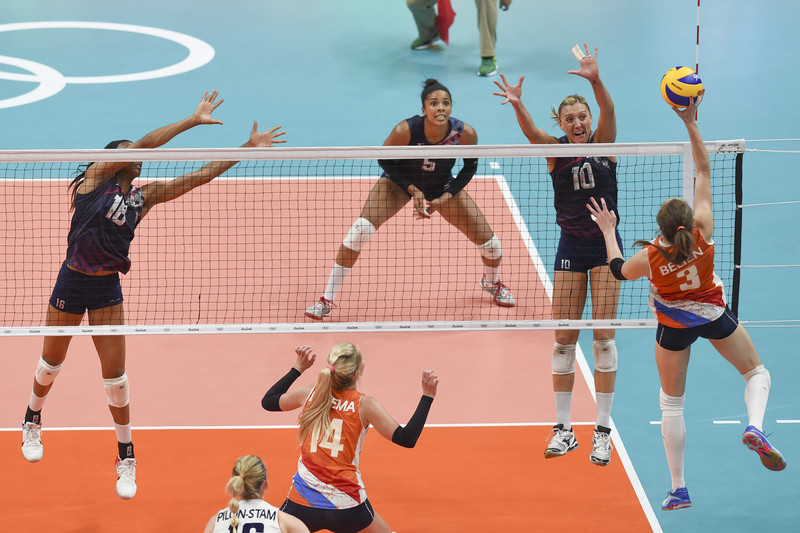
Indoor Volleyball Strategy and Tactics
Serve and Receive Strategy:
Service Pressure: Effective serving is a cornerstone of indoor volleyball. Players aim to put pressure on the opponent's receiver by targeting weaker passers or specific zones on the court. Since 1998, the level of serving has become a challenge, and elite teams have improved their technical expertise tremendously.
Receive Formation: Teams employ different formations for receiving serves, such as the W-formation, U-formation, and the 2-3-person formation. These formations help distribute responsibilities and create better ways to neutralize the aggressiveness of the serves and keep the ball in play.
Offensive Tactics:
The most relevant definition of offensive tactics was established when, in 1992, Brazil implemented the multi-offense system in which all five hitters attacked in the system throughout all six rotations. To epitomize a new paradigm shift, the Brazilians also included three middle blockers alternating playing in the middle front where one of the middles played as a right-side opposite to the setter for two rotations. These tactics are now the model for all teams in the world, both in the men’s as well as in the women’s tops teams. Some of the offensive plays were determined by specific standardized sets described below.
Quick Sets: The quick set, often called the "One Ball" or "Pipe," involves a fast set to a middle hitter, designed to catch the opponent's block off-guard.
Back-Row Attacks: Back-row attackers can execute powerful hits from the back row, creating additional offensive options and putting pressure on the block defense.
Combination Plays: Teams use intricate plays involving multiple attackers and deceptive movements to outsmart the opponent's block and defense.
The universal Brazilian spread offense started with quick sets variations in front and behind the setter, followed by a fast set to the pins (P4 &; P2), and mounted with a quick back row attach (Bick) in P6.
Defensive Strategies:
Block and “read” Defense: Effective blocking synchronized with the back-row players' defense is crucial. Teams aim to form a strong block wall, with the hands positioned in the path of the attacker's spike. The blocking system has deliberated practice to block areas determined by the probability of the attack performed by setters when the ball is in system (A pass), 3 m or 10 feet around the setter’s zone (B pass), or beyond 10 feet away from the setter’s zone (C pass), which is considered a bad pass due to the aggressive serves and spikes. The back-row players are trained to be in the areas of higher incidence of attacks performed by opponent teams. Most of the time, blockers opt to neutralize certain areas to “funnel” the attack towards their best defensive players. All front-row players are taught to act and think as middle blockers to become efficient against the fast and overwhelming speed of opponents’ offensive system. In sum, the blockers are always outnumbered by the attackers. Therefore, the defensive system must coordinate their movements to cover any balls that pass the block.
Digging: Defenders, known as liberos or defensive specialists, excel at digging hard-driven spikes, making incredible saves, and transitioning the ball to the setter.
Transition Play and the Combo Systems, KI, KII &; KIII:
The best teams and coaches in the world agree that the first “transition” in the game relies on the side-out phase when a team is on serve-receive and transitions from the reception of the ball, transitioning it into the first attack when the ball is in play. This is called the “Complex I” or “K I.” By default, the team that served is automatically in the second complex transition, the complex II, which consists of serving, blocking/digging, and mounting the counterattack (K II). If the serve-receiver team receives the volleyball back to its court again, this characterizes the third transition, called complex three or K III. Teams focus on quick transitions from defense to offense. After a successful dig or block, they aim to set the ball quickly to an attacker to catch the opponent's block off-guard.
Beach Volleyball
Beach volleyball, the epitome of sun, sand, and spikes, made its Olympic debut at the 1996 Atlanta Games. With its iconic two-a-side format, beach volleyball brings a unique vibe to the Olympics. The competition takes place on the picturesque sands of the host city, and the athletes' athleticism, agility, stamina and teamwork shine through.
Beach volleyball legends like Misty May-Treanor and Kerri Walsh Jennings, Emanuel Rego, and Larissa França have left an indelible mark on the sport. May-Treanor and Walsh Jennings, known as "Team M&;M," captured three consecutive gold medals from 2004 to 2012, solidifying their place in Olympic history. Emanuel Rego and Larissa França are Brazilian legends, with Emanuel earning the title of the oldest Olympic volleyball champion in history at the age of 39.
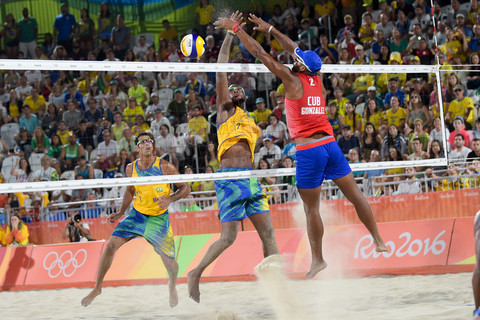
Beach Volleyball Strategy and Tactics
Serve and Receive Strategy:
Targeting: Beach volleyball players often target the weaker passer in the receive to gain an advantage. The serve is usually flatter and faster to limit the opponent's options.
Controlled Passing: Accurate passing is crucial, as there are only two players per team. Players prioritize ball control to set up effective attacks.
Offensive Tactics:
Communication and Shot Placement: Communication between the two players is essential in beach volleyball. Teams use a range of shots, including line shots, cross-court shots, and cut shots, to exploit openings in the opponent's defense.
Blocking and Digging: With only two players, there's no traditional block. Instead, players aim to "joust" at the net, redirecting the attacker's shots. Digging and quick transitions are crucial.
Defensive Strategies:
Positioning: Defenders need to anticipate the opponent's shots and position themselves accordingly. This often means playing deep in the court to cover hard hits and moving forward for short shots.
Block-Dig Strategy: Beach players use the "block-dig" strategy, where the blocker attempts to block or redirect the ball, and the defender is ready to dig any balls that pass the block.
Serving Tactics:
Beach volleyball serves aim to disrupt the opponent's offense. Float serves, jump serves, and knuckle serves are used strategically to challenge the receiver's control.
Rules of Olympic Volleyball
Whether indoors or on the beach, volleyball adheres to a common set of rules. Each team fields six players on the court, and the objective is to score points by sending the ball over the net and into the opponent's court.
Scoring
In indoor volleyball, matches are best of five sets, with the first team to reach 25 points winning a set. If the match reaches a fifth set, it's played to 15 points. In beach volleyball, the format is best of three sets, with each set played to 21 points, except for the deciding third set, which goes to 15 points.
Rotation
Players must rotate positions on the court each time they win a rally, ensuring that all players have a chance to serve, receive, and attack.
Substitutions
Teams are allowed a limited number of substitutions per set, and players can only enter the game when it's their turn in the rotation.
Formats of the Competitions
Indoor Volleyball
The indoor volleyball competition in the Summer Olympics consists of a preliminary round and a knockout stage. The twelve teams are divided into two pools, and each team plays a round-robin schedule. The top four teams from each pool advance to the knockout rounds, starting with the quarterfinals. The winners of the quarterfinals proceed to the semifinals, and the victors compete for the gold and silver medals.
Beach Volleyball
Beach volleyball follows a straightforward knockout format. Sixteen teams for each gender qualify, and the competition consists of a single-elimination bracket. The winners of each bracket match move on to the next round, culminating in the gold and bronze medal matches.
Qualifying for Olympic Volleyball
Qualifying for the Olympics in volleyball is a rigorous process that varies depending on the team's location and the type of volleyball.
Indoor Volleyball
Teams qualify through continental and international tournaments. Each continent has its own qualification process, with the top teams earning spots for the Olympics. Additionally, the host country receives an automatic berth. This ensures that the best teams from around the world compete on the Olympic stage.
The International Volleyball Federation holds qualifying terms for Indoor and Beach Volleyball.
Beach Volleyball
Qualification for beach volleyball follows a similar continental and international system. Teams accumulate points from various international events to secure their place in the Olympics. Additionally, the host country is guaranteed a spot.
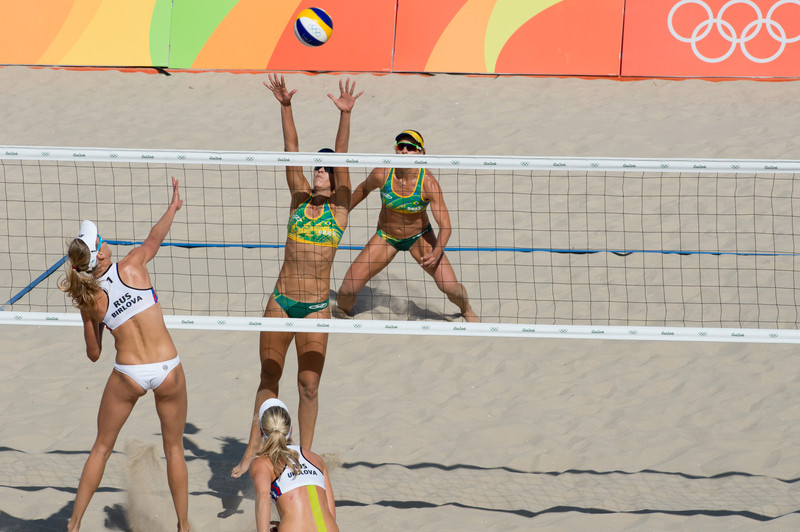
Current Stars and Athletes to Watch
Numerous outstanding volleyball athletes were making waves in 2022 in the sport. Notable indoor volleyball players included Zhu Ting, Matt Anderson, and Paola Egonu, while beach volleyball enthusiasts were captivated by the likes of Anders Mol, Christian Sørum, April Ross, and Sarah Pavan.
The Digest
Whether played indoors or on sun-kissed beaches, Volleyball has become a hallmark of the Summer Olympics. The sport's rich history, adherence to a common set of rules, and exciting competition formats ensure that it remains a fan favorite.
Athletes work tirelessly to qualify for the Olympics, where they have the chance to etch their names alongside legendary figures who have defined the sport's Olympic legacy. Whether you're a seasoned volleyball aficionado or a newcomer to the sport, the Olympic volleyball spectacle is a must-watch, filled with passion, athleticism, and unforgettable moments.
Source:




